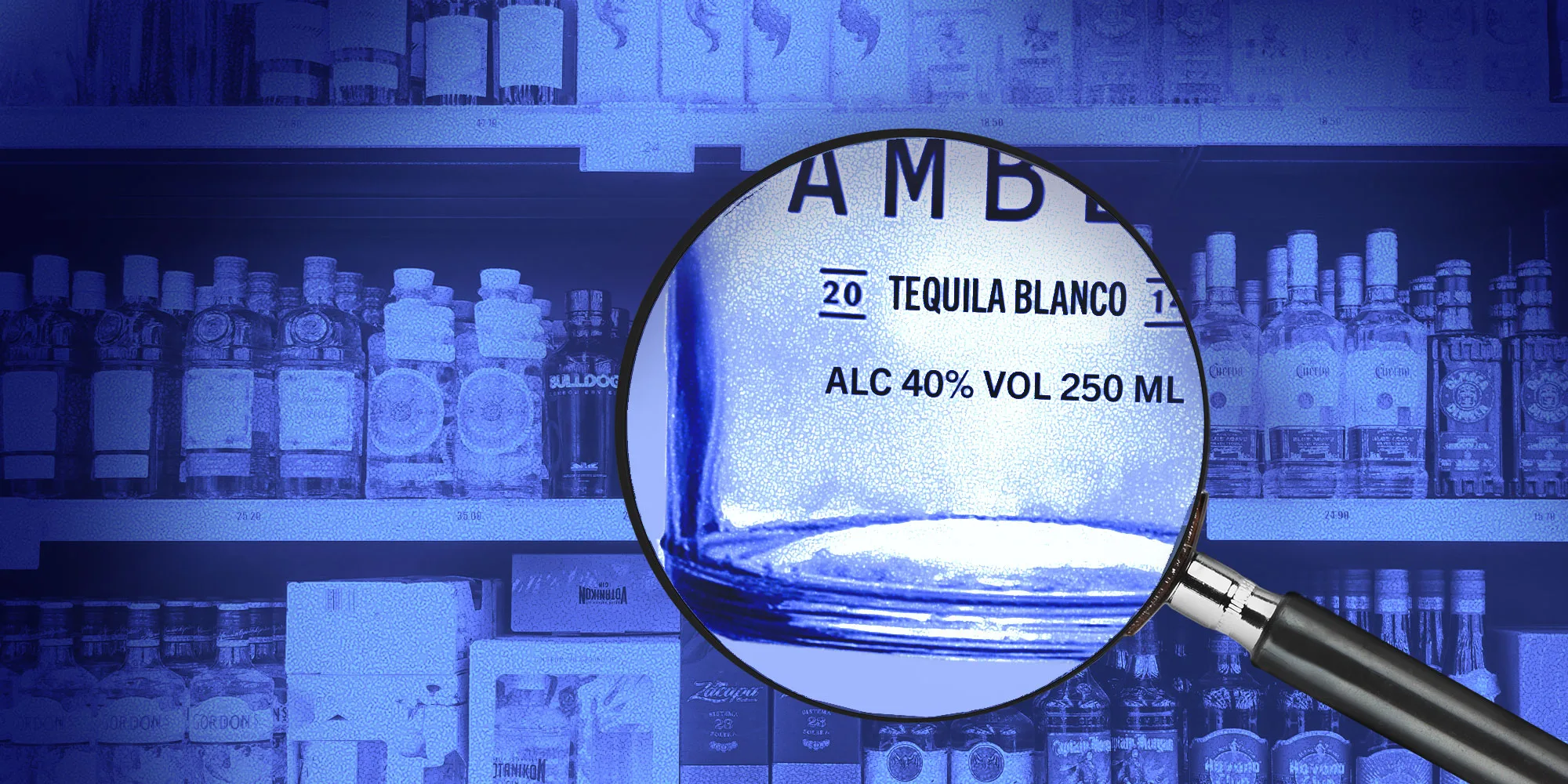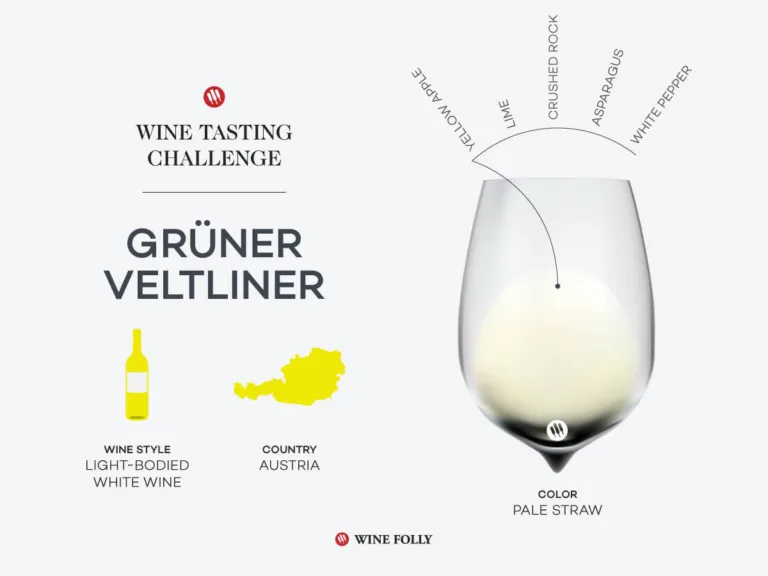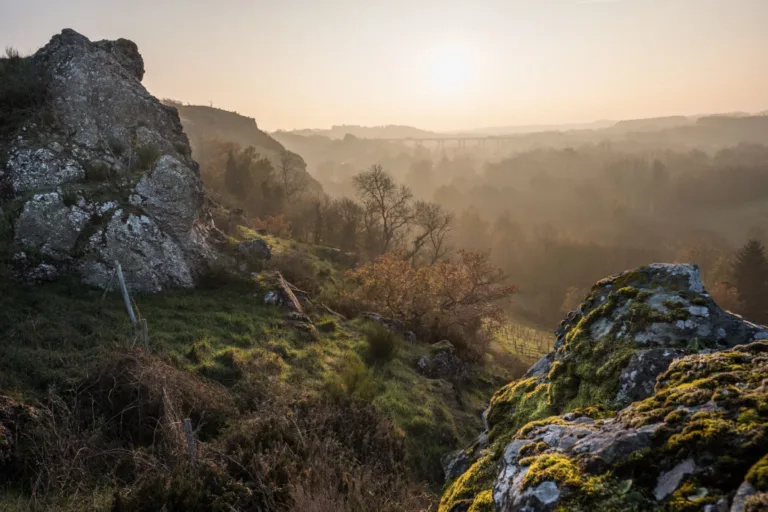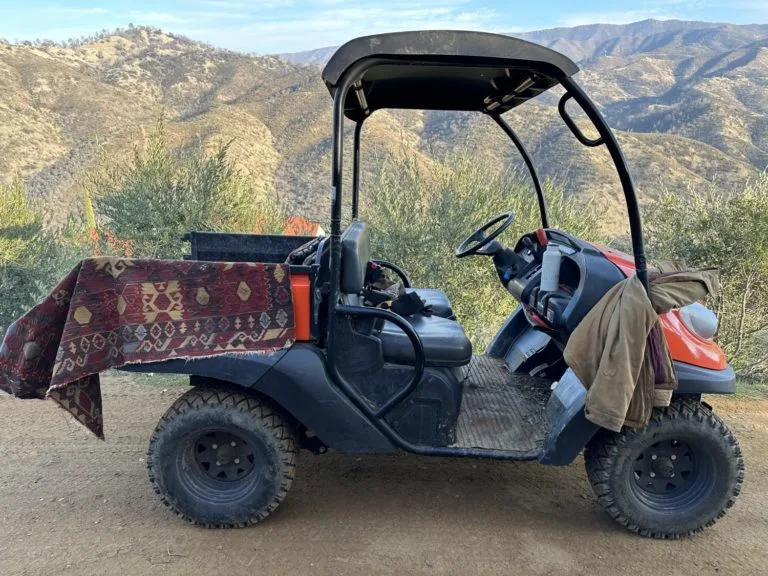After overtaking whiskey in sales last year, tequila stands as the second best-selling spirit in the United States behind vodka. And with over 80 percent of Mexico’s tequila exports going to the U.S., it’s safe to say Americans have quite the affinity for the agave spirit. But with vast imports comes tough decision-making. There are well over 1,000 brands of tequila on the market, ranging from celebrity-backed brands like Casamigos and Teremana to less talked-about, top-shelf offerings from G4 and Destileria Santanera. And in spite of the sheer number of labels out there, there are only roughly 140 certified tequila distilleries in Mexico, which only complicates matters further. El Consejo Regulador del Tequila (the Tequila Regulatory Council) is the governing body that makes sure all spirits sold as tequila meet the legal standards put in place for the spirit. That said, they don’t consider quality and taste in their process, so even tequilas that get TRC sign-off aren’t a sure-fire bet for a stellar palate.
Plus, the TRC is notorious among distillers for its long lag time between submission and certification. Not only does this make it more difficult for new distillers to tap into the American market, but it means the diversity among the 1,000-plus brands out there is not as diverse as we’d like to believe. In short, a lot of different brands pull from the same stills. The TRC also presents a loophole in their list of qualifications: A tequila can claim that it’s 100 percent agave even if it has 1 percent of additives, no disclosure necessary. This is not to say that additives are inherently bad; plenty of other spirits, like whiskey and rum, use additives to their overall benefit. With tequila, however, there’s a larger struggle for transparency.
So how does one sniff out quality in a spirit category plagued by misinformation? There’s always the option to look up the NOM online for more info, but that could leave you glued to your phone for an hour in the tequila aisle. The efficient answer — or at least a good tip-off — is in the ABV.
In Mexico, tequila is legally required to be between 35 and 55 percent ABV. North of the border, however, it must be a minimum of 40 percent — and that goes for any product that’s labeled as a “spirit.” Anything above 40 percent is legal, too, but in any other spirits category aside from vodka, consumers won’t see a liquor hovering so close to 40 percent across the shelf. Given the supposed variety in the tequila market, this thread raises concern, especially since tequila generally comes off the still at 50 to 60 percent ABV.
Debunking this ABV discrepancy calls for a quick look into the distilling process. Prior to blending a spirit, distillers obtain different parts of the liquid from the still. This step, known as making cuts, is when the distiller separates the “heads, hearts, and tails” of the alcohol. In the most simple terms, the bulk of the liquid yield comes from the hearts, but the heads and the tails are pulled from as well, contributing different flavors and varying amounts of alcohol to the product. When making tequila — or any spirit for that matter — it’s pretty tough to make a product that’s going to come out at 40 percent right off the still. It’s going to be higher, so distillers add water to bring it down to 40 and, in turn, produce a lot more liquid. So when a tequila is anywhere above 40 percent — and we mean anywhere — a decision has been made behind the scenes to preserve its quality and resist the urge to dilute it.
Admittedly, this doesn’t mean that every tequila at 40 percent ABV is going to be lackluster. Fortaleza, El Tesoro, and Tequila Ocho are all great brands that make high-quality, 40 percent ABV liquor. There are multiple other factors that affect tequila quality, from the base product to how the agave is treated during roasting and crushing. Regardless, a tequila at 40 percent is almost guaranteed to be cut. It boils down to a simple sales tactic: Watering down tequila allows for more profit. Conversely, a tequila at 45 percent ABV stands a high chance of being diluted, too, but at least the ABV affirms integrity on the distiller’s behalf.
It’s hard to quantify quality, but the next time you go shopping for tequila, try to resist the temptations of flashy packaging and bottles made to look like “Indiana Jones” movie props. Read the fine print instead.
The article The Quickest Way to Find a Better Bottle of Tequila appeared first on VinePair.







